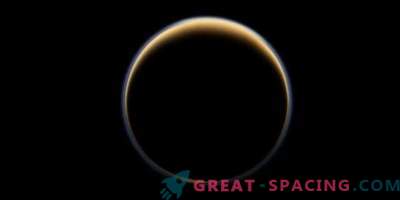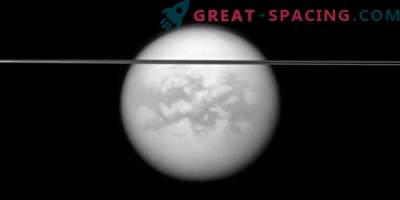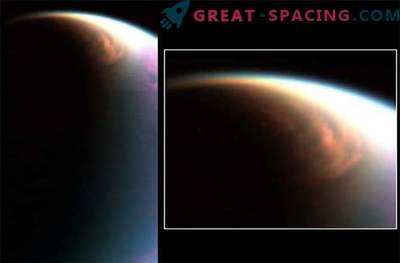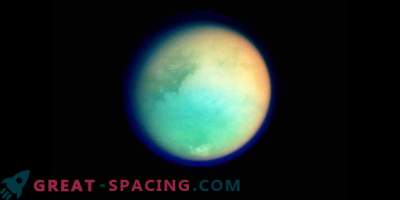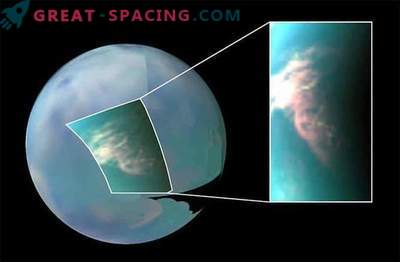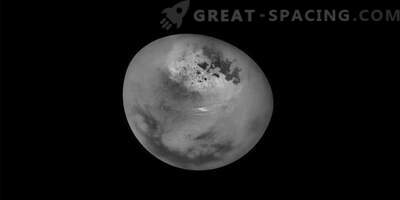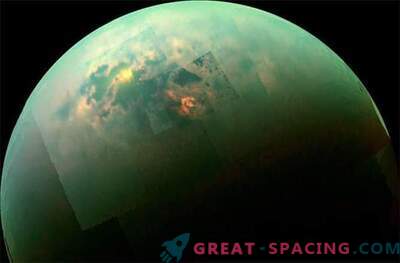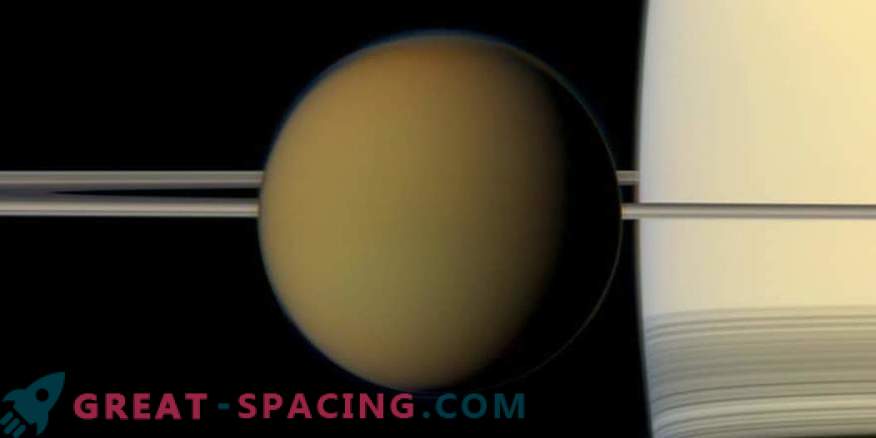
Saturn's Titan satellite is enveloped in a dense atmospheric layer, therefore it hides surface features. But the infrared eyes of the Cassini spacecraft in this global mosaic provide amazing formations on the surface of the moon.
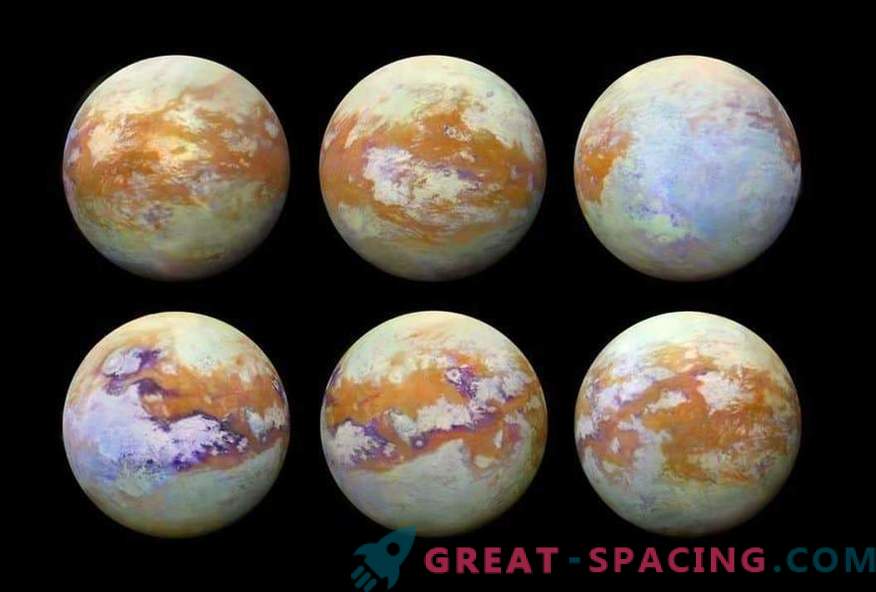
In the visible light to find something extremely difficult, because the satellite is literally covered with thick fog. The secret of what lies under the atmosphere, was discovered on January 14, 2015. On this day, the Huygens probe descended to the surface. It was the first successful landing in the outer solar system. During the 2.5-hour descent, we were able to see features that resemble coastlines and terrestrial river systems. However, instead of water, methane was present here. Cassini studied Saturn, rings and satellites for 13 years, so it was possible to make a detailed map of Titan. As a result, it turned out to create an amazing sequence of images created using VIMS visual and infrared mapping spectrometer data. The infrared survey allowed to sneak through the atmosphere of Titan and complement the views from Huygens.
The map combines information from various observations made under various lighting and viewing conditions throughout the mission. The colors represent variations of materials on the surface of the satellite. For example, the dune fields at the equator seem to be brown, while materials with water ice are marked blue and purple.
